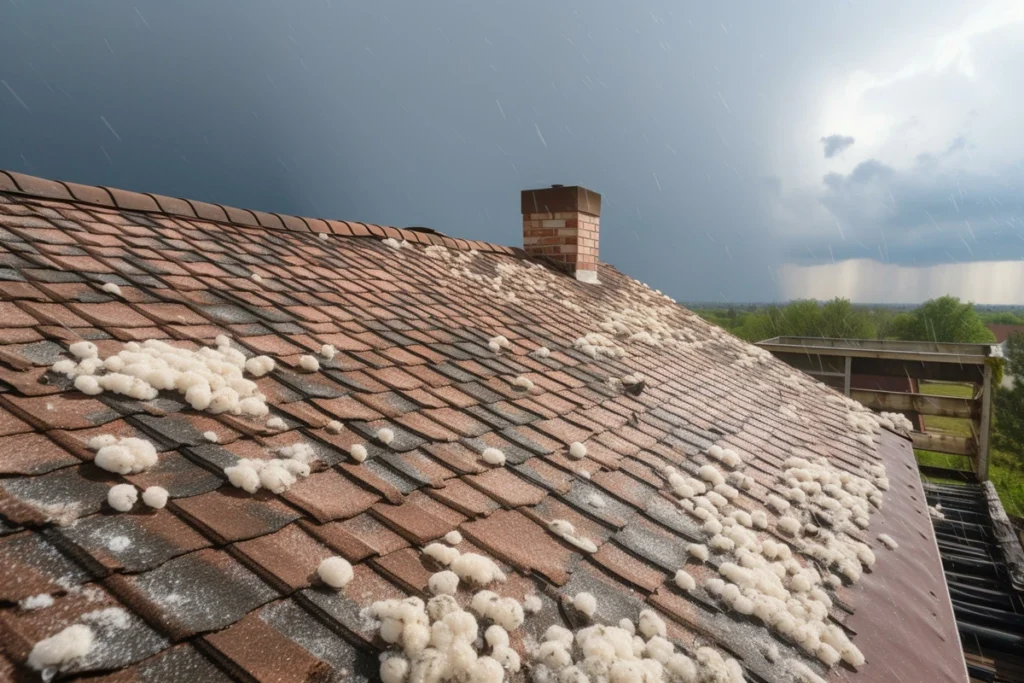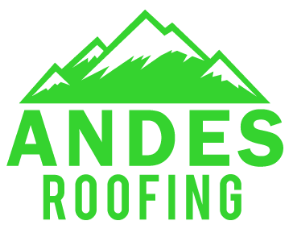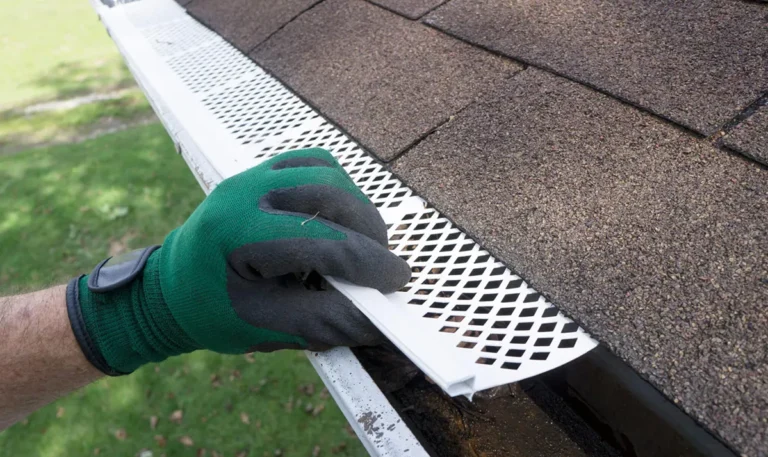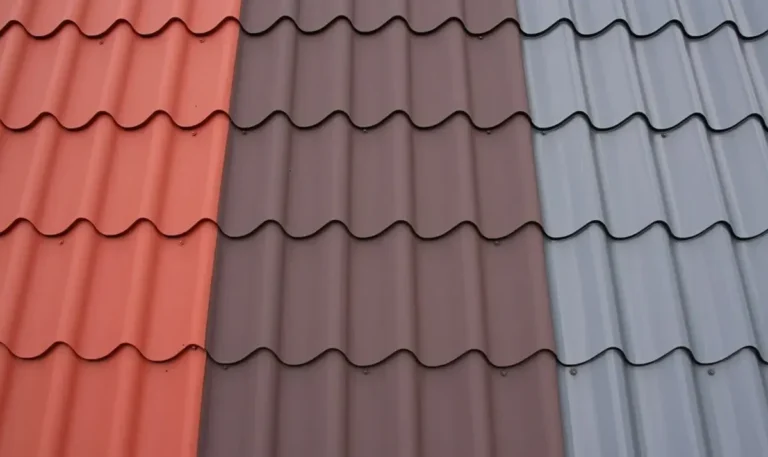Your roof is the ultimate shield against the elements, keeping you and your home protected against:
- Rain 🌧️
- Wind 🌬️
- Snow ❄️
- UV rays 😎
- Pests 🐿️
But even the most durable roofs can show signs of wear over time or get impacted by an intense storm. Roof damage is a concern that every homeowner should be familiar with, as early detection and prompt roof repairs can save you from more significant headaches down the road. In this homeowner guide, we’ll take a closer look at some of the most common types of roof damage, their causes, and tips for a long-lasting roof.
8 Types of Roof Damage

While many types of roof damage simply appear over time after regular wear and tear, some damage may come on after a storm. Storm damage can include hail impact, tree fall, or even highly intense winds. If your roof was damaged by a storm, it’s important to call a local professional roofing contractor right away.
It’s possible that your homeowners’ insurance company will offer coverage for the repairs, depending on your policy. Your roofing contractor may be able to help you through the steps of filing an insurance claim.
Let’s take a closer look at some of the most common signs of roof damage to watch for.
1. Cracked Shingles
Cracked shingles are often an indication of the natural aging process of roofing materials. Over time, exposure to changing temperatures, UV rays, and weather conditions can cause asphalt shingles to develop cracks. These cracks compromise the shingles’ ability to protect your home from moisture and further damage.
2. Missing Shingles
Missing shingles can occur due to various factors, including high winds, severe weather, or improper installation. When shingles are dislodged or go missing, the underlying layers of your roof become exposed to the elements, potentially leading to leaks and water damage.
3. Sagging Roof Deck
A sagging roof deck is a serious concern that requires immediate attention. It’s often a sign of structural damage caused by factors such as excess weight from accumulated snow, poor attic ventilation, or water infiltration that caused the plywood decking to rot. Ignoring a sagging roof can result in more severe structural issues.
4. Hail Dents

Hailstorms can leave behind a trail of dents on your roofing materials. While these dents might not appear to be significant, they can weaken the shingles and compromise their ability to provide proper protection against water infiltration.
5. Shingle Granule Loss
The sand-like granules on asphalt shingles serve as a protective layer, shielding the shingles from UV rays and weathering. If you notice a buildup of granules in your gutters or downspouts, it’s a sign that your shingles are losing their protective coating, making them more susceptible to damage.
6. Lifting Shingles
Shingles that are not properly fastened or sealed during installation can become lifted by strong winds or other weather events. Lifting shingles expose the underlying layers, making your roof vulnerable to leaks and water damage. You’ll notice this sign of damage if you have shingles that flap in the wind or are curling at the edges.
7. Rusted Metal
For homes with metal roofing systems, rust is a common concern. Metal roofs can rust over time due to exposure to moisture and environmental factors. Rust compromises the structural integrity of the metal, potentially leading to leaks and further damage.
8. Algae Growth
Algae growth on roofs is not just an aesthetic concern; it can also lead to shingle deterioration. Moisture retention, especially in shaded areas, creates an environment conducive to algae growth. Over time, this growth can damage shingles and trap moisture.
You may also see black streaks of mold as your roof ages. This is a tell-tale sign that your roof isn’t wicking away water like how it’s supposed to, and it’s probably time for a roof replacement.
Tips for Avoiding Roof Damage

Every roof will reach its lifespan at some point, so not all roof damage is completely avoidable. However, if you want to get the longest life out of your roof as possible, be sure to follow these tips to keep damage at bay or to fix it before it worsens:
- Regular Roof Inspections: Schedule professional roof inspections to identify and address potential issues before they escalate. We recommend having a professional roof inspection once every 1-3 years or after any major storm event.
- Gutter Maintenance: Clean gutters and downspouts regularly to ensure proper water drainage and prevent clogs. This task should be completed at least twice a year. If you don’t like cleaning out your gutters, consider installing gutter guards.
- Tree Trimming: Trim overhanging branches to prevent them from damaging your roof during storms or windy conditions. Leave this dangerous task to the professionals!
- Prompt Repairs: Address even minor issues promptly to prevent them from turning into major problems. Some roofing contractors even offer regular maintenance packages so that you can consistently have eyes on your roof and get issues repaired right away.
- Proper Insulation and Ventilation: Ensure your attic is properly insulated and ventilated to regulate temperature and prevent moisture buildup. Without proper insulation or ventilation, your home runs the risk of developing ice dams and mold.
Repair Your Roof Damage With Our Help
Here at Andes Roofing, we’re proud to serve southern Indiana and Louisville with highly professional roof repairs and replacements. Whether you want to file an insurance claim for your storm damage or simply want a professional to lend their advice, we can help!
Give Andes Roofing a call today, and we’ll make sure your roof gets taken care of without disrupting your schedule.






